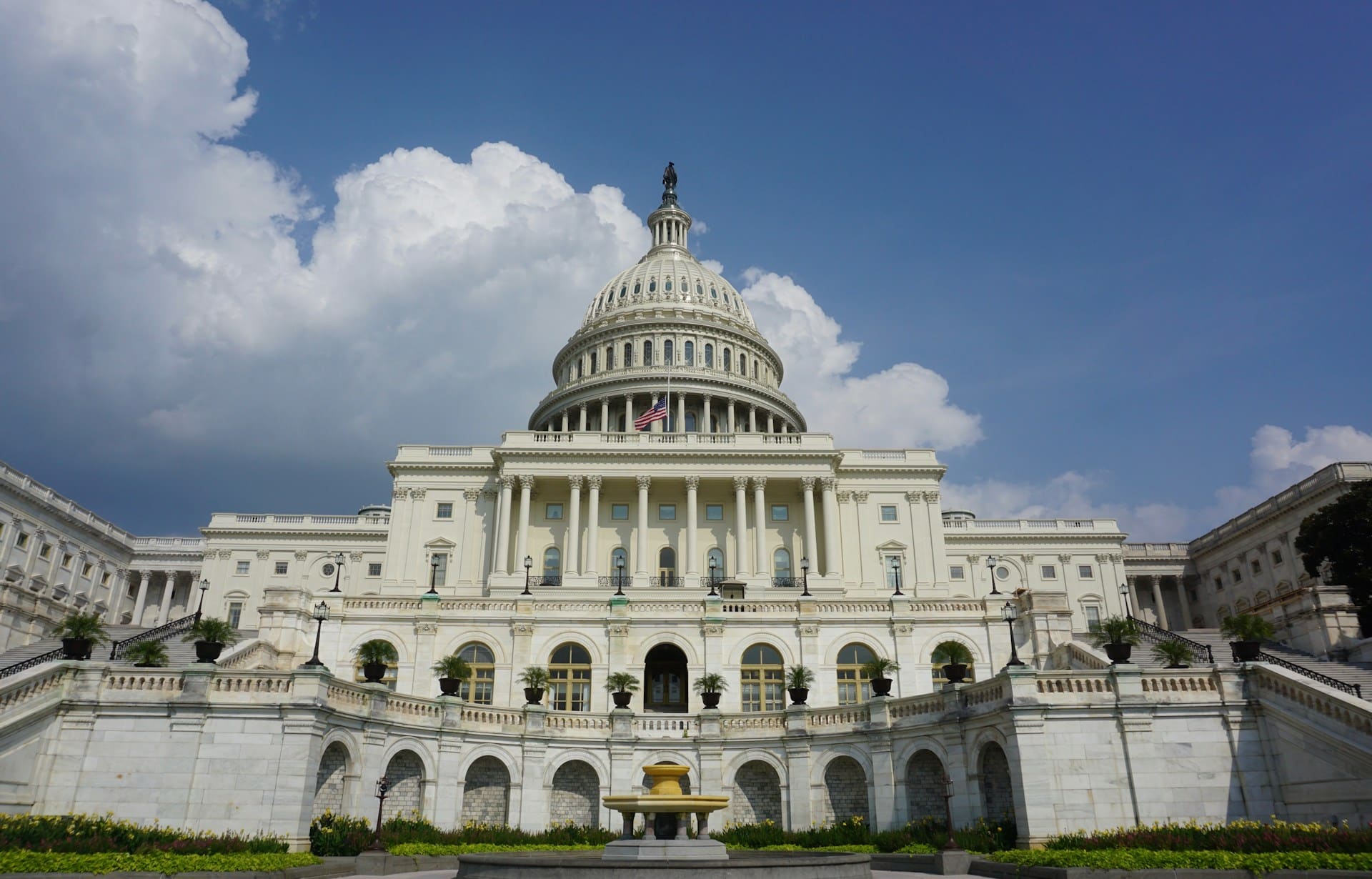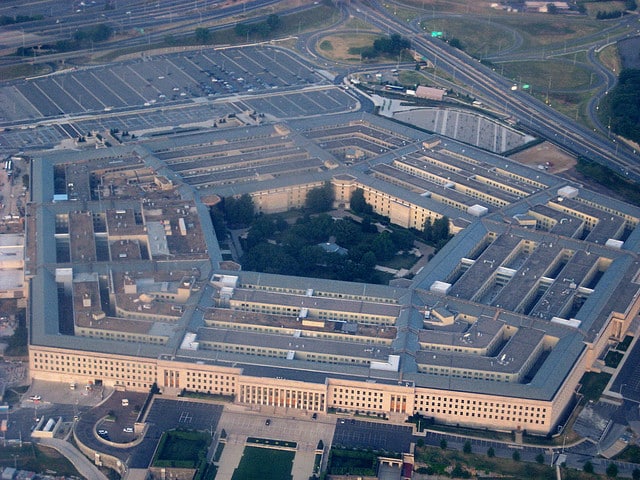This week the House Appropriations Committee took up the Pentagon spending bill for fiscal year (FY) 2015. When all was said and done, the Committee passed a bill that proposes spending just under $491 billion on the Pentagon “base” budget.
The bill also approves more than $79 billion for the so-called “Overseas Contingency Operations” budget – what the rest of us call “war funding.” This is disappointing because, as the Committee report notes, this huge pot of money is just a placeholder until the Administration submits a plan with actual line items and other details. For this reason, the Committee report says, “this level is subject to change.” We can only hope that any changes to this enormous account cut the level of funding, not increase it. We’ll be reporting on what is in the actual request as soon as it becomes public.
The Appropriations Committee shifted funds around to cover priorities the Committee leadership believes were underfunded in the President’s budget request. These are just a few of the programs the Committee increased:
-
Four additional F-35 aircraft – two for the Air Force and two for the Navy, at an additional cost of $479 million. We have written extensively on the unprecedented expense of the F-35 and pointed out alternatives in the existing fleet of U.S. military aircraft. Instead, the Committee is insisting on full steam ahead and adding funds for more F-35s than the Pentagon is asking for.
-
Twelve EA-18G “Growler” aircraft, adding slightly less than $1 billion to the Navy accounts. (In part because the Growler more cost-effectively delivers the electronic attack mission than the F-35. But, then, shouldn’t we be buying fewer F-35s?)
-
Eight more Blackhawk helicopters for an additional $119 million.
-
An additional $789 million to immediately begin the refueling and complex overhaul of a nuclear powered aircraft carrier that the Navy wants to delay by a year. The Committee report explicitly states it believes the Pentagon is contemplating “walking away” from refueling the carrier.
-
$100 million for HMMWV (aka Humvee) “modernization” for the Army National Guard.
-
A new provision requiring the Pentagon to give a basic pay raise to military personnel of 1.8%, as opposed to the 1% requested by the Administration.
- Despite the Administration’s efforts to reduce overhead costs of military commissaries, and eventually bring them in line with how military exchanges are run, the Committee added $100 million to the working capital fund that runs the commissary system. We think domestic commissaries are a relic of a time when military bases were in remote areas, and we believe they should be closed.
The Committee also used its Constitutional powers of the purse to withhold funds from being spent to implement policies it dislikes. For instance:
-
In a new provision this year, the Committee prohibits the use of funds to remove a silo-based ICBM from active status.
-
Regarding those same missile silos, no funds may be used to conduct any environmental studies related to those silos. The so-called “silo caucus” consisting of the Congressional delegations from Montana, North Dakota, and Wyoming is obviously alive, well, and terrified of any reduction to bases in those states.
-
No funds may be spent on reducing or disestablishing the 53rd Weather Reconnaissance Squadron of the Air Force Reserve. The 53rd is home based at Keesler, Air Force Base in Mississippi.
- After years of arguing about the retirement of a particular class of Navy cruisers, no funds to “lay up” (in preparation for modernizing the ships) more than two cruisers per year, and no “lay up” period may last longer than four years. It will be interesting to see how the Navy accounts for this highly complicated use of the funds provided by the Committee.
In too few instances, the Committee cuts funding for weapon systems, directs the Pentagon to take certain actions that may actually save money, or declined a Member or military service request:
-
The Littoral Combat Ship was offered up by the Secretary of Defense at his first FY15 budget briefing as an area of potential savings. He stated the purchase of LCS would end with the procurement of the 32nd ship in FY18. And then he wants the Navy to look at a new, more survivable, ship in FY19. The Committee points out, “if the current LCS is not the correct small surface combatant of the future, the Navy should correct its course sooner rather than later and begin purchasing the correct ship well before fiscal year 2019.” We’ll withhold judgment until we know what the new ship costs and what it can do, but the Committee makes an excellent point. We believe LCS should be terminated after the last of the ships currently on order are built.
-
A request from the Navy to create a special account, outside the Navy budget, to fund the replacement for the OHIO class submarine was not agreed to. While the Committee was silent about the issue, they placed the $849 million in R&D funds for this program within the Navy’s budget. We believe Navy shipbuilding should be paid for with Navy money, and not some new, nebulous pot of money in the general defense department accounts.
-
Base closure was not explicitly addressed because it is handled in a different piece of legislation. However, the Committee report notes Congress is waiting for a Pentagon report on overseas U.S. military bases. They indicate that Congress wants to see, “an assessment of the requirements for overseas military force structure and infrastructure, an inventory of potentially excess infrastructure, and any opportunities for infrastructure consolidation.” We think the issue of overseas bases has long been neglected and is due for serious reductions.
- An amendment to require at least $339.3 million of the funds in the bill be spent on “sustainment” of the A-10 aircraft was defeated in full committee. And while we agree that the A-10 and the Growler (see above) are more cost-efficient platforms for their missions than the hugely expensive F-35, the only way you can use the taxpayers’ money wisely is if you buy the current item and forego the new, expensive alternative.
While there were a few things to cheer about in the Committee report, from the taxpayers’ perspective, we believe the House Appropriations Committee missed many opportunities to make some smart decisions, as well as some hard choices, about Pentagon spending. Because in a bill making up to $570 billion available to the Pentagon, there is plenty of room to trim wasteful spending. Let’s roll up our sleeves and get to it.










Get Social